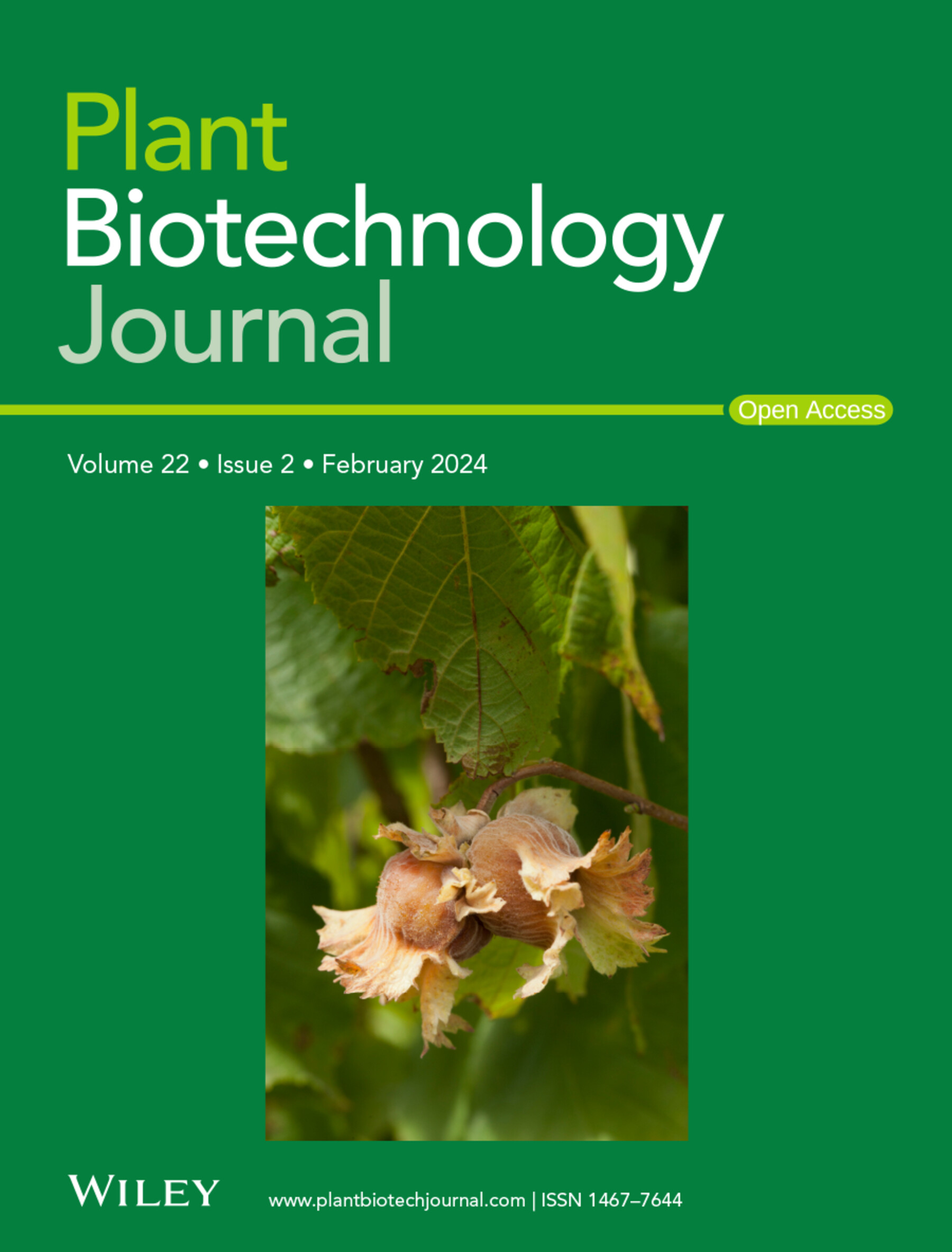Proposed EU NGT legislation in light of plant genetic variation
IF 10.1
1区 生物学
Q1 BIOTECHNOLOGY & APPLIED MICROBIOLOGY
引用次数: 0
Abstract
SummaryThe European Commission (EC) proposal for New Genomic Techniques (NGTs) of July 2023 specifies that Category 1 NGT (NGT1) plants, which are considered equivalent to conventional plants, that is those obtainable by conventional plant breeding or mutagenesis, may differ from the recipient or parental plant by no more than 20 insertions, which cannot be longer than 20 bp; deletions can be no more than 20 but of any size. Here, we examine the proposed 20/20 NGT1 limit against the background of the theoretical considerations and older data used to frame it and in light of recent data from highly contiguous long‐read assemblies for reference genomes and pangenomes. We find that current genomic data indicate that natural variation in germplasm used by breeders is much greater than earlier understood and that both conventional breeding and mutagenesis can introduce genomic changes that are both more extensive in size and more frequent than the NGT Category 1 ‘20 insertions of maximum 20 bp’ limit would allow. Furthermore, natural variation also scales with genome size and complexity, a factor not considered in the EC proposal. We conclude that the proposed cut‐offs under which an NGT plant is considered equivalent to conventional plants do not align with what is observed in nature, conventional breeding and mutagenesis. Updating the 20/20 rule to broader limits would facilitate breeding for climate resilience, farming sustainability and nutritional security, while ensuring that NGT1 plants are equivalent to conventional ones.针对植物遗传变异提出的欧盟NGT立法建议
欧盟委员会(EC) 2023年7月关于新基因组技术(NGTs)的提案规定,1类NGT (NGT1)植物被认为与传统植物等同,即通过传统植物育种或诱变获得的植物,与受体或亲本植物的差异不得超过20个插入,插入长度不得超过20bp;删除不能超过20个,但大小不限。在这里,我们根据理论考虑和用于构建它的旧数据,以及参考基因组和泛基因组高度连续的长读序列的最新数据,对拟议的20/20 NGT1限制进行了研究。我们发现,目前的基因组数据表明,育种者使用的种质资源的自然变异比以前所认识的要大得多,传统育种和诱变都可能引入比NGT第1类20个最大20bp插入所允许的更大范围和更频繁的基因组变化。此外,自然变异还与基因组的大小和复杂性有关,这是欧盟提案中没有考虑的一个因素。我们的结论是,NGT植物被认为等同于传统植物的临界值与自然界、传统育种和诱变中观察到的情况不一致。将20/20规则更新为更广泛的限制将有助于培育气候适应能力、农业可持续性和营养安全,同时确保NGT1植物与传统植物等效。
本文章由计算机程序翻译,如有差异,请以英文原文为准。
求助全文
约1分钟内获得全文
求助全文
来源期刊

Plant Biotechnology Journal
生物-生物工程与应用微生物
CiteScore
20.50
自引率
2.90%
发文量
201
审稿时长
1 months
期刊介绍:
Plant Biotechnology Journal aspires to publish original research and insightful reviews of high impact, authored by prominent researchers in applied plant science. The journal places a special emphasis on molecular plant sciences and their practical applications through plant biotechnology. Our goal is to establish a platform for showcasing significant advances in the field, encompassing curiosity-driven studies with potential applications, strategic research in plant biotechnology, scientific analysis of crucial issues for the beneficial utilization of plant sciences, and assessments of the performance of plant biotechnology products in practical applications.
 求助内容:
求助内容: 应助结果提醒方式:
应助结果提醒方式:


